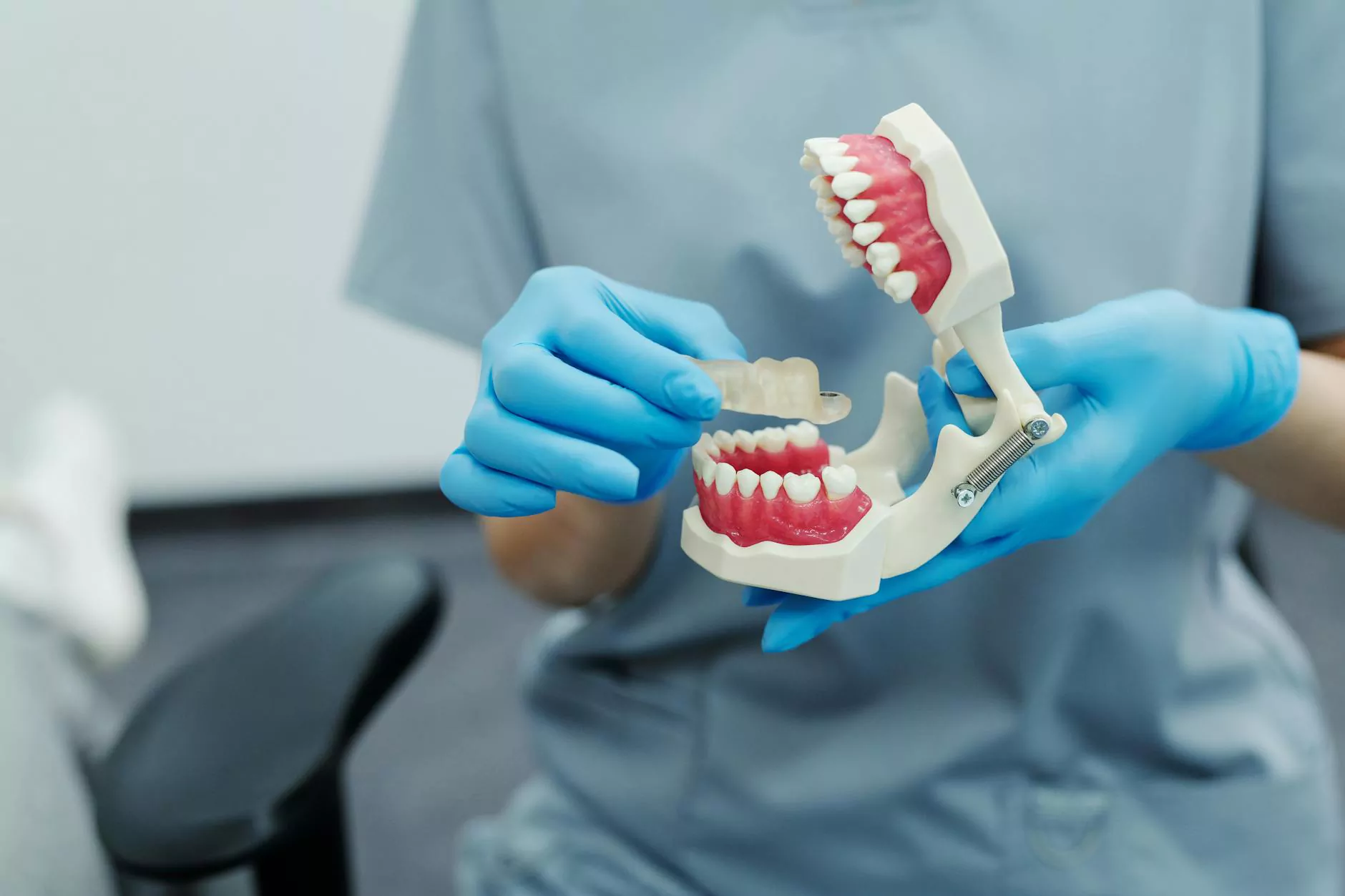Understanding the Essential Role of the Western Blot Apparatus

Western blotting is an indispensable technique in molecular biology and biochemistry that allows researchers to detect specific proteins in a sample. This method has gained immense popularity due to its accuracy and reliability, making the western blot apparatus a critical asset in laboratories across the globe. In this comprehensive guide, we will delve into the components, operational techniques, applications, and best practices surrounding the western blot apparatus to ensure successful experiments and reliable results.
The Components of Western Blot Apparatus
The western blot apparatus consists of several key components that work together to facilitate the detection of proteins. Understanding each component's function is crucial for mastering the technique. Below are the main components:
- Gel Electrophoresis System: This system is essential for separating proteins based on their size and charge. It typically includes a power supply, gel casting trays, and the electrophoresis tank.
- Transfer System: The transfer system is used to move proteins from the gel onto a membrane (usually PVDF or nitrocellulose) where they will be probed with antibodies.
- Blocking Solution: This component prevents non-specific binding of antibodies to the membrane, thereby enhancing the specificity of the assay.
- Antibody Solutions: Primary and secondary antibodies are crucial for the detection phase. The primary antibody binds specifically to the target protein, while the secondary antibody, conjugated with a reporter enzyme or fluorescent tag, amplifies the signal.
- Detection System: This may include chemiluminescent substrates, fluorescent imaging systems, or colorimetric reagents to visualize the proteins on the membrane.
How the Western Blot Apparatus Works
The operational workflow using the western blot apparatus can typically be divided into five distinct steps:
1. Sample Preparation
Sample preparation involves extracting proteins from tissues or cells. Proper lysis buffers are used to ensure that proteins are fully extracted without degradation. The concentration of proteins is usually determined using methods like the Bradford assay.
2. Gel Electrophoresis
Once the samples are prepared, they are loaded onto an SDS-PAGE gel. Sodium dodecyl sulfate (SDS) denatures proteins, providing a uniform charge-to-mass ratio, which allows them to be separated based solely on size during electrophoresis. The gel is subjected to an electric current, and proteins migrate through the gel matrix, with smaller proteins moving faster than larger ones.
3. Transfer to Membrane
After electrophoresis, proteins are transferred from the gel to a solid membrane. This transfer can be accomplished using various methods, including wet transfer, semi-dry transfer, or dry transfer, with the wet transfer method being the most commonly employed. The successful transfer can be verified by staining the membrane with a reagent like Ponceau S.
4. Blocking
To prevent non-specific binding of antibodies, the membrane is incubated with a blocking solution, usually containing proteins such as BSA or non-fat dry milk. This step is crucial as it minimizes background noise in the final detection.
5. Antibody Incubation and Detection
The membrane is first probed with a primary antibody specific to the target protein of interest, followed by washing steps to remove unbound antibodies. A secondary antibody, often conjugated to an enzyme or fluorophore for detection purposes, is then applied. After the final washing steps, the detection system is activated, allowing visualization of the target protein.
Applications of Western Blot Apparatus
The western blot apparatus is used in various fields of research and clinical diagnostics. Some of the most notable applications include:
- Protein Expression Analysis: Researchers can evaluate protein levels in different samples, comparing healthy versus diseased states.
- Post-Translational Modifications: Western blotting can be employed to detect modifications such as phosphorylation, glycosylation, and ubiquitination of proteins.
- Validation of Antibody Specificity: By using the western blot apparatus, researchers can confirm the identity of antibodies through their binding properties.
- Medical Diagnostics: Western blot tests are essential in diagnosing diseases such as HIV, where specific proteins are detected to confirm infection.
Best Practices for Using the Western Blot Apparatus
To achieve reliable results using the western blot apparatus, it’s critical to follow best practices through each step of the process. Below are some valuable tips:
1. Optimize Sample Preparation
Different sample types may require tailored lysis buffers and specific conditions to ensure maximum protein extraction. Always test various conditions for optimal results.
2. Balance Gel Composition
Ensure that the gel concentration is appropriate for the size of the proteins being analyzed. A lower percentage gel is suitable for larger proteins, while a higher percentage is needed for small proteins.
3. Maintain Consistent Transfer Conditions
Whether using wet, semi-dry, or dry transfer methods, maintaining consistent voltage and transfer times is critical for reproducibility.
4. Use High-Quality Antibodies
Always choose high-quality primary and secondary antibodies with well-documented specificity and sensitivity to ensure accurate results.
5. Document and Analyze Carefully
Use imaging systems that can quantify the signal efficiently. This data should be documented meticulously for later analysis and replication of experiments.
Conclusion
The western blot apparatus is an invaluable tool for researchers working with proteins. By understanding its components, mastering the procedure, and following best practices, you can achieve reproducible, high-quality results in your experiments. As you advance your research, leveraging the intricate details and innovations surrounding the western blot apparatus will empower you to unravel the complexities of protein expression and function, paving the way for significant scientific discovery.
For more detailed information and high-quality products related to the western blot apparatus, feel free to explore Precision BioSystems, your trusted partner in advancing laboratory research.









